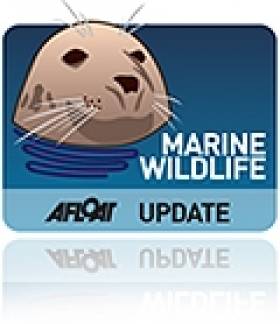Displaying items by tag: Martin Colfer
New Humpback Whale in Irish Waters
The Irish Whale and Dolphin Group (IWDG) has reported the sighting of a humpback whale new to Irish waters.
Andrew Malcolm of the IWDG along with Martin Colfer spotted the whale just west of Dunmore East - a year after the first sightings of 'Hooky' who gave whale-watchers a treat in the early part of 2010.
Malcolm confirmed that this humpback was indeed a new addition to the Irish catalogue. He described it as behaving "in a very co-operative manner" and noted that it "regularly 'fluked' in front of the boat".
Click HERE for more on the story, including some spectaular images.
























































